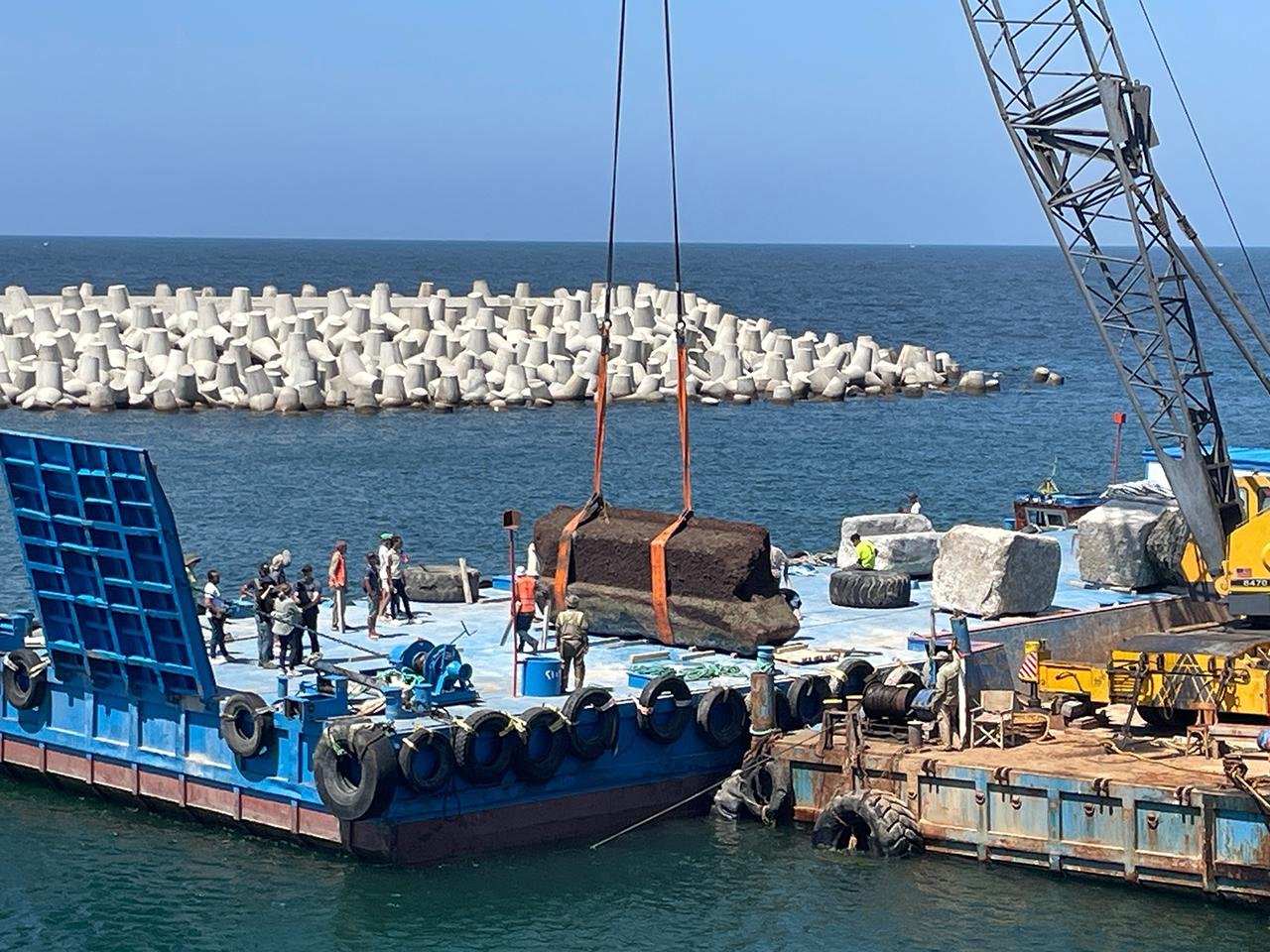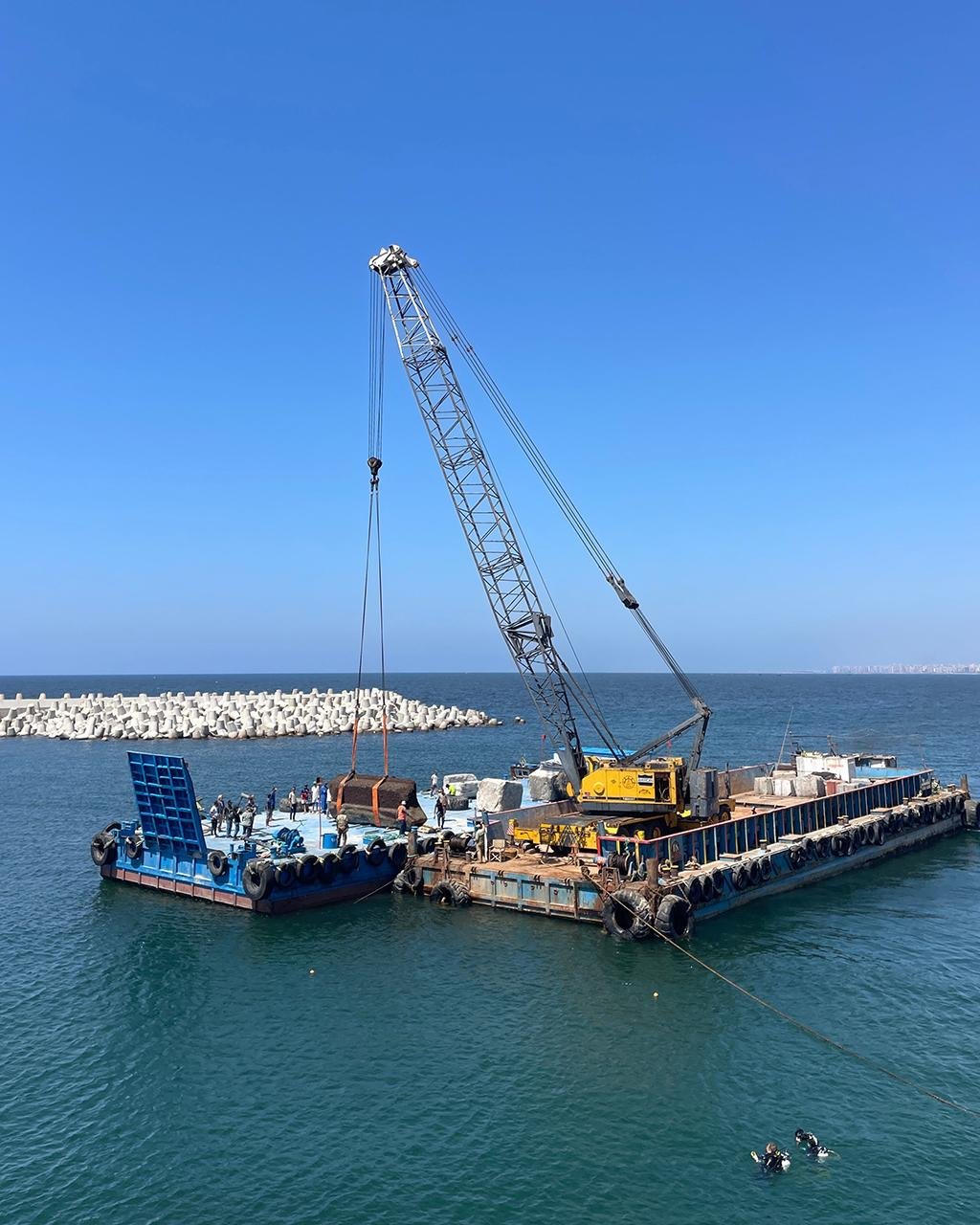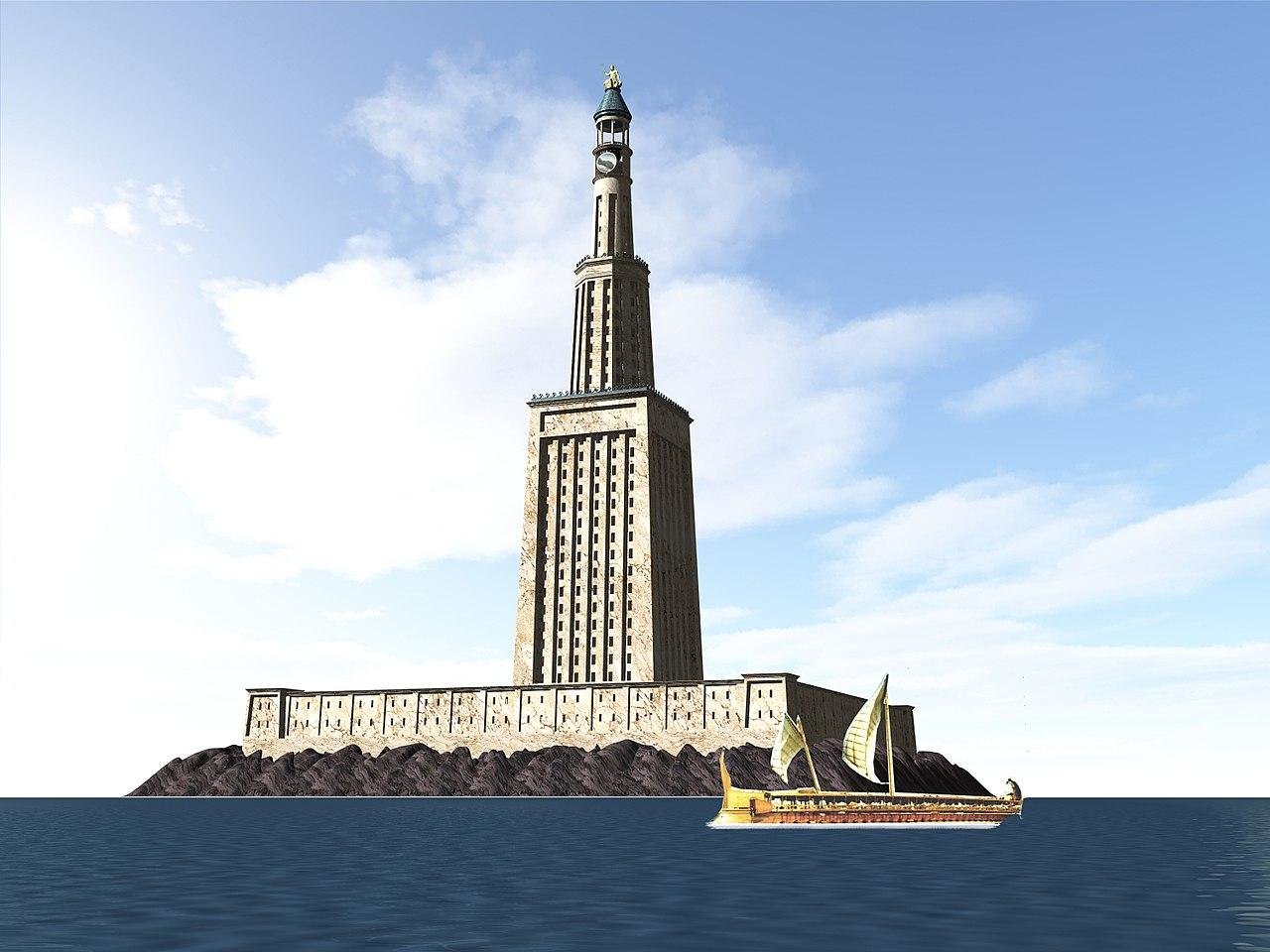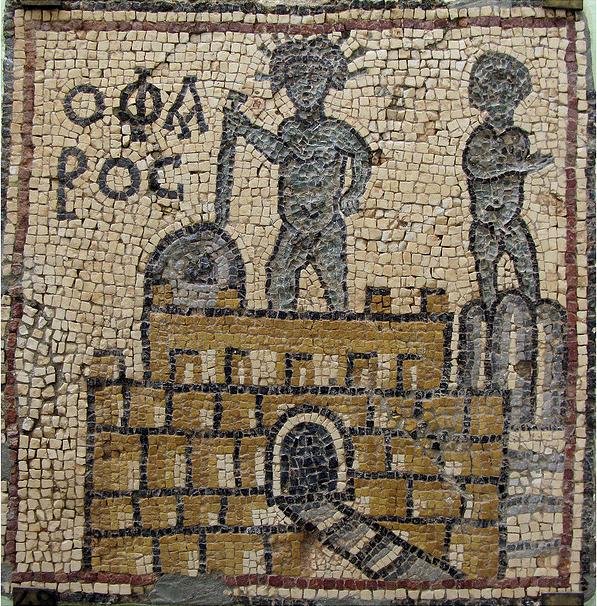After centuries underwater, 22 huge stone blocks of the ancient Lighthouse of Alexandria, one of the Seven Wonders of the Ancient World, have been recovered from the Mediterranean seabed, a breakthrough in an ambitious digital reconstruction effort.

Restoration is part of the ongoing “PHAROS” project, led by archaeologist and architect Isabelle Hairy of France’s National Center for Scientific Research (CNRS), along with Egypt’s Centre d’Études Alexandrines (CEAlex) under the authority of Egypt’s Ministry of Tourism and Antiquities. Supported by the Fondation Dassault Systèmes, the project aims to virtually reassemble the structure using advanced technology.
Among the recently excavated finds are the massive lintels and uprights of the monumental entrance to the lighthouse, its threshold stones, foundation paving slabs, and fragmentary remains of a previously unrecorded pylon. The doorway of the pylon intriguingly blends Egyptian stylistic elements with Greek construction techniques, evidencing the multicultural diversity of Hellenistic Alexandria.

Each of these blocks, weighing up to 80 tons, will be scanned using detailed photogrammetry and then passed on to volunteer engineers from the Dassault Systèmes Foundation. These specialists will digitally analyze and virtually reposition the blocks as if the fragments were pieces of a vast archaeological puzzle. Their efforts will ultimately result in a virtual twin of the Lighthouse of Alexandria so that researchers and the public will be able to view it in its original glory and understand why it collapsed.

The Lighthouse, or Pharos of Alexandria, was constructed during the early 3rd century BCE under Ptolemy I Soter’s reign. It was constructed by Greek architect Sostratus of Cnidus and stood more than 100 meters tall above the island of Pharos, guiding ships safely through Alexandria’s treacherous coastal waters. It held the title of the world’s tallest human-made structure for more than 1,600 years, until an earthquake in 1303 rendered it inoperable. Its remaining stones were recycled by Sultan Al-Ashraf Sayf al-Din Qa’it Bay to build a fortress in the same place in 1477.
While the sunken ruins had been visible as early as 1968, systematic archaeological work began in 1994 when French archaeologist Jean-Yves Empereur led a full-scale exploration. His team documented over 3,300 objects including sphinxes, obelisks, columns, and granite blocks. More than 100 of these architectural fragments have been digitally scanned on the seabed over the last decade.

The current mission adds a new chapter to this endeavor. Speaking with France Télévisions, documentary filmmaker Laurence Thiriat, who is directing a new 90-minute documentary about the recovery, referred to the operation as “an extraordinary step toward reviving a monument lost to time.” The GEDEON-produced documentary will air in 2025.

To complement the digital reconstruction, a team of experts, including historians, archaeologists, numismatists, and architects, is also collecting ancient descriptions and representations of the lighthouse from late fourth-century BCE inscriptions and coins up to the 15th century CE. This multidisciplinary study is crucial in an attempt to fill in the gaps created by centuries of damage, quarrying, and erosion.
More information: CNRS